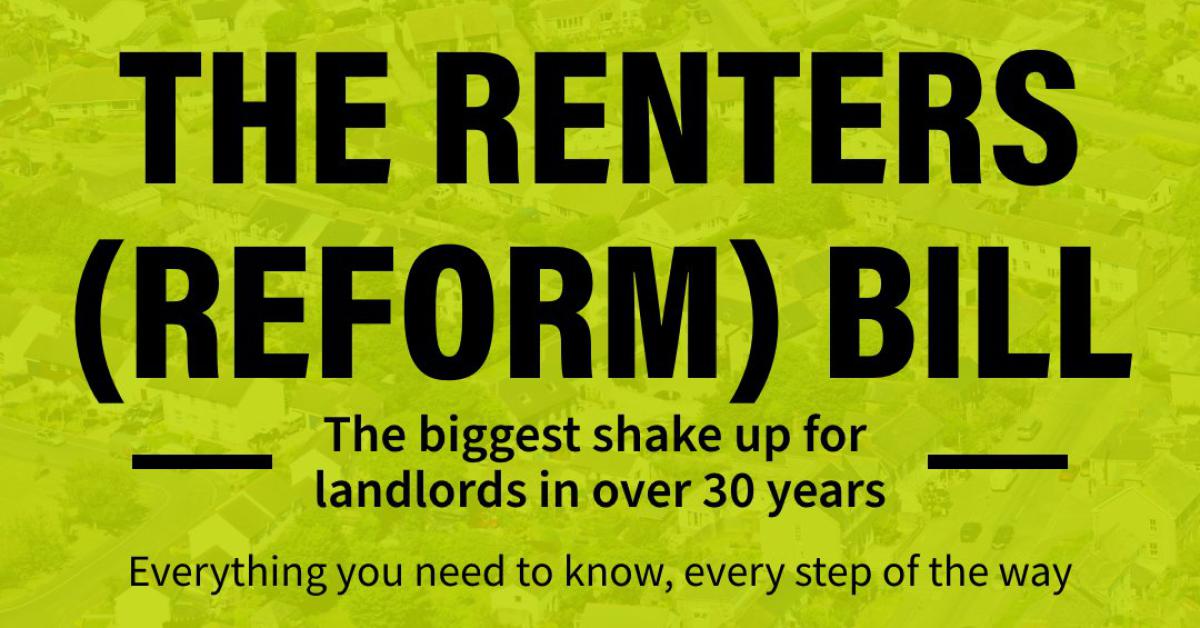

The risky business of rental reform
NRLA Policy & Campaigns Director Chris Norris shines a light on the new Government impact assessment of the Renters (Reform) Bill after the first draft was rejected for ignoring private landlords.
This week the Government published a document titled: Renters (Reform) Impact Assessment. At 108 pages in length, comprised of more than 150 sections, and inclusive of nine annexes, it is far from a page turner and not exactly intended to set the literary world alight.
However, it does serve an important purpose, and has been the subject of a lot of anticipation (at least from those of us with a healthy interest in legislative matters).
Every government bill is subject to an impact assessment. The intention is to predict the affects, both positive and negative, that a new piece of legislation is likely to have on businesses, individuals, communities, the economy, etc. and therefore whether it is a justifiable exercise.
Unsurprisingly, impact assessments of government bills rarely suggest that they are too risky to proceed.
There have, however, been exceptions, and the initial impact assessment of the Renters (Reform) Bill was deemed ‘not fit for purpose’ as, according to the Department for Levelling-up, Housing, and Communities (DLUHC) due, in part, to failing to consider the impact on PRS landlord.
The initial impact assessment said the department had: “…not correctly classified (or provided appropriate justification for) some business impacts.
"Additionally, the Department had not clearly identified what measures were being enacted through the Bill itself and what would necessitate further secondary legislation, while also failing to ensure that the Impact Assessment (IA) truly reflected the content of the Bill at this time.
"Furthermore, the Department had not considered the full range of likely impacts upon landlords in the PRS, as well as the stock of housing that the sector contains. Lastly, the IA made use of unjustified assumptions which were unsupported by evidence.”
After some revisions and clarifications the Regulatory Policy Committee subsequently rated the bill’s inherent risks as green, and published the full assessment.
This doesn’t mean, however, that the impact assessment is comprehensive or without fault.
The challenge with a bill that interacts with housing, is that it is inescapably wide ranging, with impacts felt far and wide. Not all of which are easily monetised or even quantified.
It is clear throughout the document that the Government has struggled to place a value or cost on many of the likely impacts of the Bill. It also relies heavily on assumptions – which is perfectly normal in an assessment of this nature – except that some derive from a lack of data or understanding about how the market currently operates.
This, obviously, creates a significant margin of error and could be argued to undermine the conclusions drawn.
It is very easy to criticise an assessment of this type, it is laden with acronyms, initialisms, and measurements that will mean very little to anyone outside of the department responsible for the Bill or its scrutiny.
It makes assumptions about cost, compliance, and the way that stakeholders will react to change. All of which can be argued with, but that is not the point or the major flaw that we find in the exercise.
The major problem presented by this impact assessment is that it is incomplete. It refers multiple times to the potential impact the Bill will have on councils’ ability to enforce and the courts’ capacity to cope but does not include a thorough assessment of these factors.
In fact it goes so far as to highlight the lack of a Justice Impact Test and New Burdens Assessment, both of which are referenced as being undertaken but as yet unavailable.
What happens next
Ultimately, the Government can only go so far in modelling the cost to landlords of complying with a new set of regulations, and of enrolling with an ombudsman and portal. If it does not have an assessment of the impact on courts or local authorities, there is no way to accurately ascertain what the true impact will be on landlords – or tenants or letting agencies for that matter.
As of July 2023, we are still awaiting a date for the Bill’s second reading in Parliament. It is looking increasingly likely that this may not happen until the autumn. Hopefully this gives the Government and Judiciary time to do the analysis required and provide a proper, comprehensive, view of the true impact this major set of reforms is likely to have on the PRS.
More information
NRLA Chief Executive Ben Beadle will be giving evidence on rental reform and its impact on landlords at the Levelling Up, Housing and Communities Select Committee on Monday. You can watch the session, which will start at 4pm live here.
For more information on the NRLA's camapign on Renters Reform click here.

